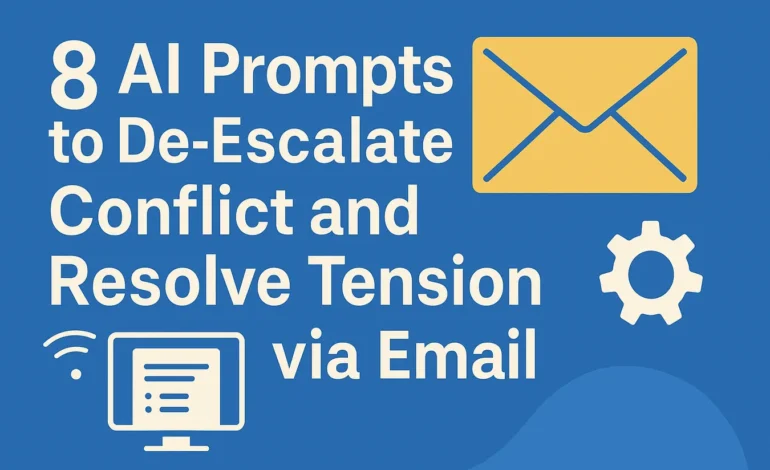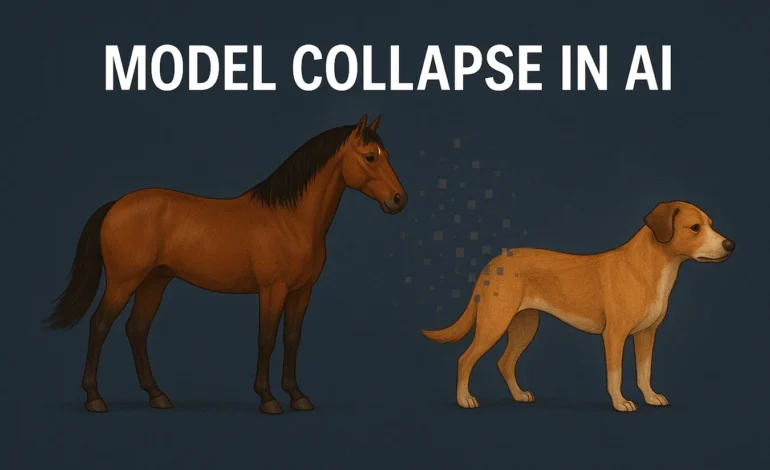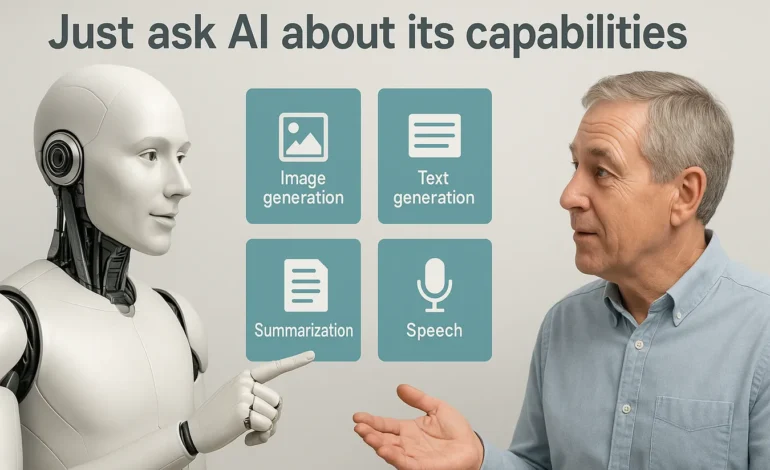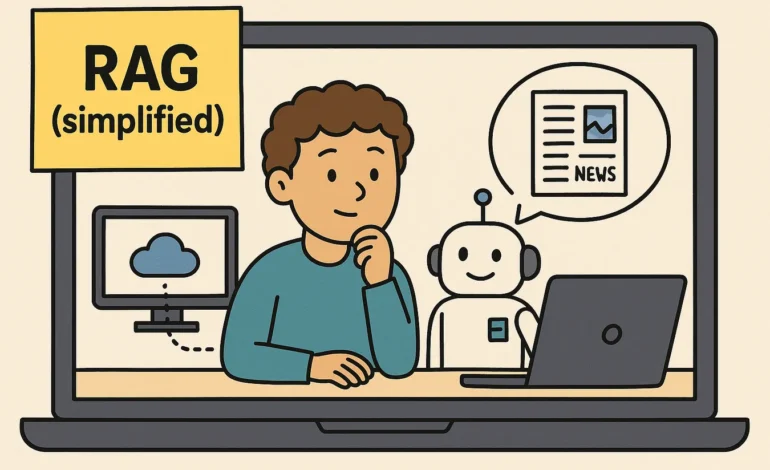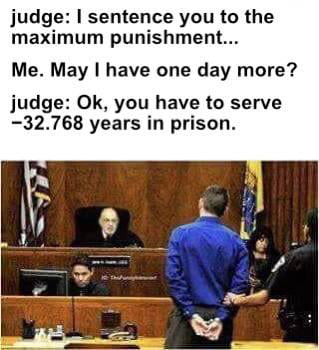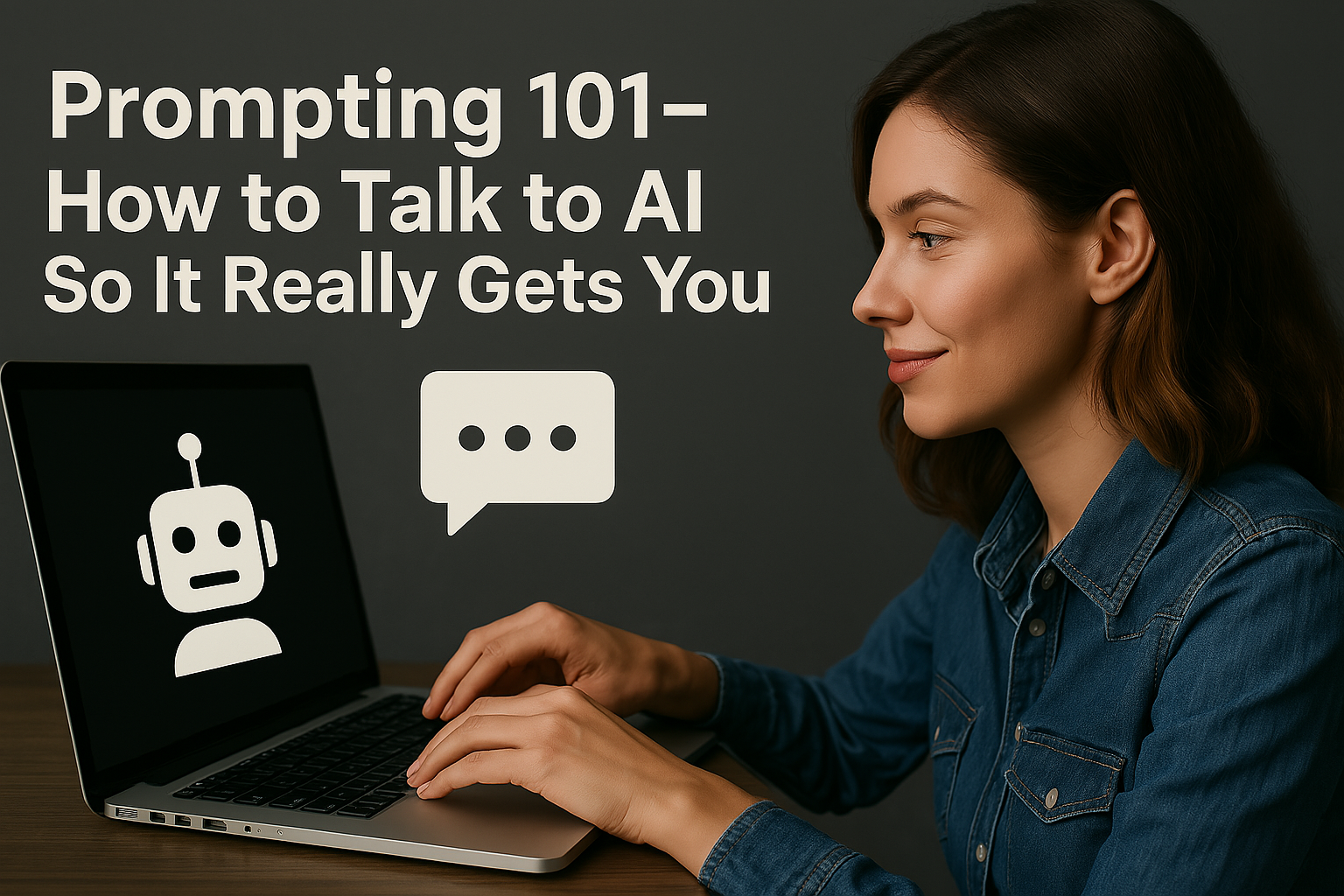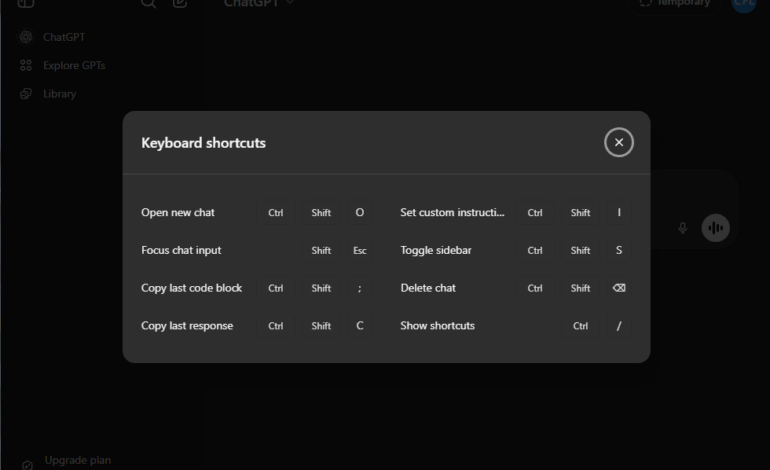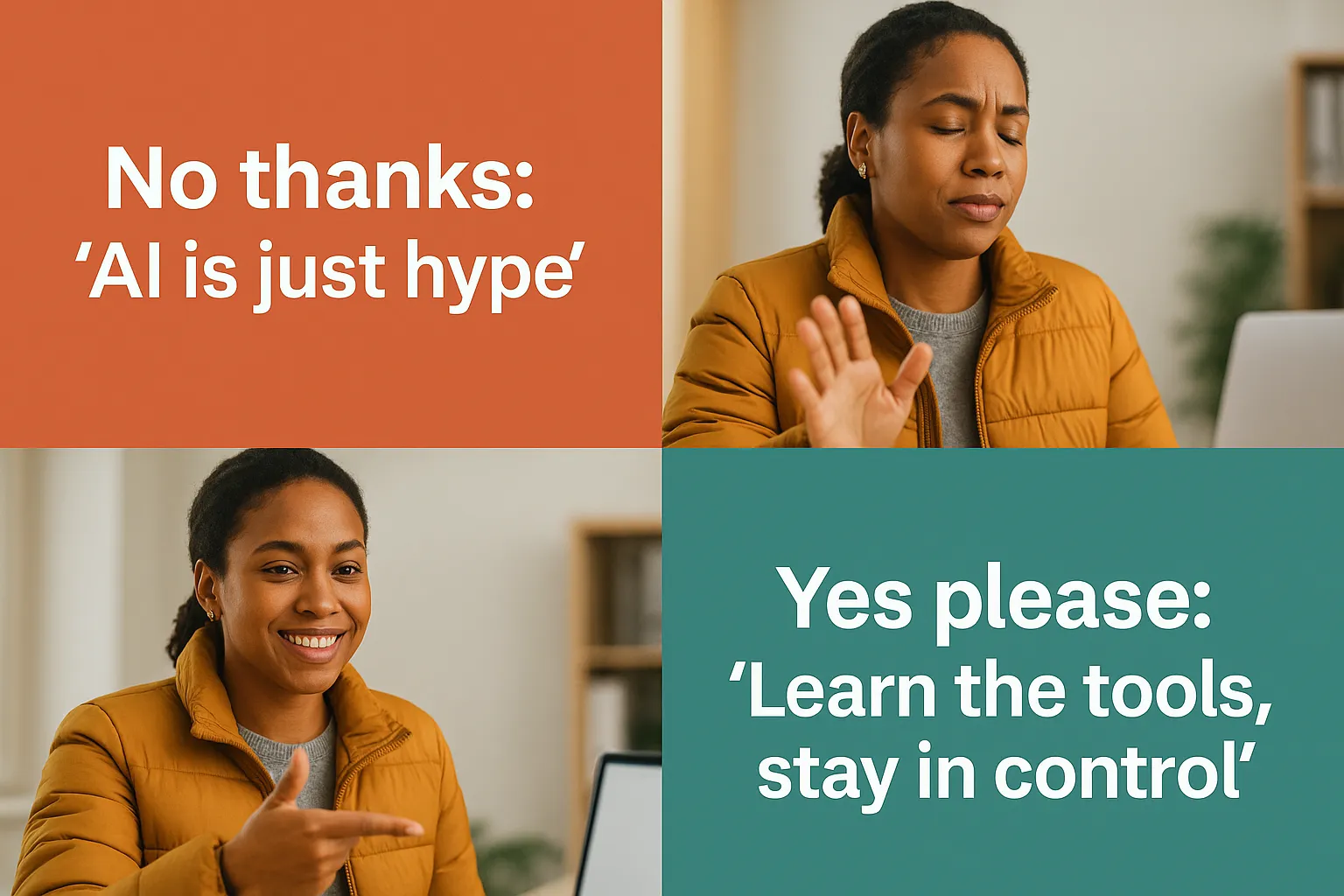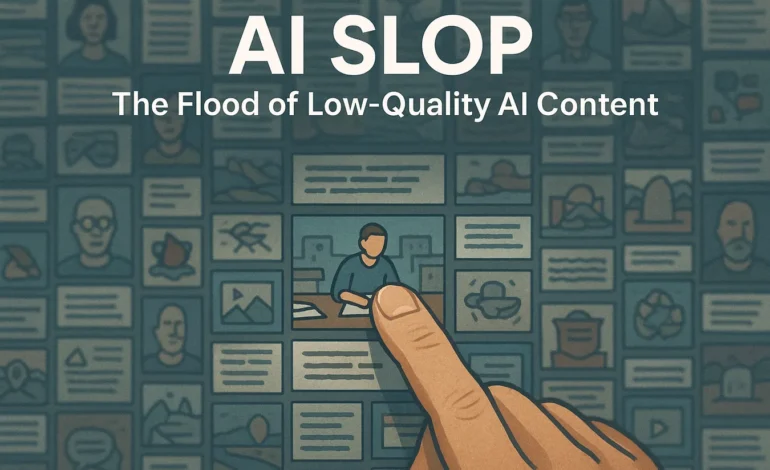
What Is AI Slop? Will it ruin the internet?
In the age of generative Artificial Intelligence, content creation has never been faster. But this speed comes with a cost, giving rise to a new problem that is reshaping the digital world: AI Slop.
If you’ve spent time scrolling through social media, browsing Google, or looking at image feeds recently, you’ve almost certainly encountered it, even if you didn’t know the name. The term has exploded across the web because it describes something we’re all feeling: the overwhelming flood of low-quality, AI-generated material diluting the internet.
- Definition: Mass-produced, low-quality media (text, images) generated by AI with minimal human effort or fact checking.
- Key Sign: The content prioritizes quantity and clicks over meaningful insight or unique perspective.
- Major Risk: It erodes public trust in search results and contributes to dangerous model collapse.
1. What Exactly Is AI Slop?
AI Slop is a term for low-quality, mass-produced media, whether text, images, or video, generated by AI tools with little or no human effort. The word “slop” originally means waste or leftovers, often used for animal feed. It is a fitting metaphor for the messy, repetitive, and shallow output now spreading online.
Key Characteristics of AI Slop
AI Slop can be identified by its clear lack of human refinement and focus:
- Low Effort, High Volume: Content is generated in seconds, prioritizing quantity over quality. The creator’s focus is on output numbers, not meaningful insight.
- Generic and Repetitive: Text-based slop is filled with buzzwords, lacks nuance, and often repeats ideas in slightly different wording. It sounds smooth but says nothing.
- Bizarre and Unreal Visuals: AI-generated images frequently show subtle absurdities such as impossible poses, too many fingers, or surreal blends of objects that make no sense upon closer look.
- Algorithm Gaming: AI Slop often targets platform algorithms, using keyword stuffing or emotional bait to maximize clicks instead of adding value for humans.
2. Why Is Everybody Talking About It? TikTok comments use this phrase often
The debate about AI Slop is not just about bad design or boring articles. It is about the deeper impact on how we find and trust information. The growing wave of low-effort AI output is already changing how the internet feels, and not for the better.
Erosion of Trust and Digital Fatigue
When anyone can produce convincing-looking content instantly, it becomes harder to tell what is real. Over time, this leads to digital fatigue, as people stop trusting search results and social feeds. Genuine, thoughtful work gets buried beneath a layer of noise. The difficulty in separating the signal from the endless noise causes users to spend less time engaging with online content overall.
The Spread of Misinformation
The ease of generating content makes AI Slop an ideal weapon for spreading misinformation. Fake news articles, manipulated videos, and fabricated disaster photos can now appear within minutes. Even worse, the existence of such material gives rise to the liar’s dividend, when people dismiss real evidence by claiming it is AI-generated regardless of the source’s credibility.
Impact on Search Engines and Data Quality (Model Collapse)
Search engines like Google are actively fighting to prevent AI-generated noise from dominating results, but it is a moving target. The most critical threat, however, is model collapse. As AI models are increasingly trained on data polluted by previous AI output, a dangerous, self-referential cycle begins to form. In this scenario, every new generation of AI becomes less intelligent, less original, and relies only on synthetic, second-hand information. This leads to a noticeable decline in quality across the entire digital ecosystem.
3. Don’t be fooled by it
The antidote to AI Slop is not technical; it is human. Readers and creators can both help clean up the digital space by valuing authenticity, curiosity, and originality over viral quantity. This requires a conscious shift in consumption habits and editorial standards across all platforms.
Four Ways to Consume Mindfully
Here are four actionable steps to help you navigate the noisy digital landscape:
- Look for Human Perspective: Does the piece include real experience, unique insight, or emotional depth? AI can imitate tone, but not lived experience (E-E-A-T). Look for specific anecdotes or original data points.
- Inspect Visuals Carefully: AI-generated images often fail subtle realism tests. Look at hands, reflections, and text inside images. If the visuals feel blandly perfect or impossible, they are likely slop.
- Support Quality Sources: Follow creators and outlets that focus on accuracy, storytelling, and research rather than pure engagement metrics. High-quality curation is the new scarcity.
- Be a Skeptical Consumer: If something feels off, it probably is. Pause before sharing sensational content without verifying its source. Reverse image searches and fact checking are essential daily habits now.
4. The Future of the Internet?
AI Slop may be the noise of the present, but it does not have to define the future. The web has always evolved through cycles of excess, from spam emails to clickbait headlines, and each time, humans have adapted by building new tools and standards of trust. The next evolution will depend on how actively users, platforms, and creators choose to value authenticity over automation.
The marketplace for content is shifting from a race for quantity to a premium on credibility. Sites that succeed will be those that actively demonstrate the human expertise (E-E-A-T) behind their content, using AI only as an augmentation tool, not a replacement. Editorial rigor and human insight are not just ideals; they are the only real defense against the pollution of the internet.
FAQ: AI Content Quality
Q
Is all AI-generated content considered AI Slop?
No. AI-generated content becomes slop when it is low effort, lacks human review, and prioritizes volume over unique insight. AI used as a tool by experts to increase speed and clarity is not considered slop.
Q
What is model collapse?
Model collapse is a dangerous cycle that occurs when new AI models are increasingly trained on data that was generated by older AI models. This pollution causes each new generation to become less intelligent, more repetitive, and less reliable.
Q
How can content creators avoid generating AI Slop?
Creators must focus on human refinement. This includes injecting unique experience (E-E-A-T), thorough fact checking, using AI only for structure or drafting, and adding a distinct, personal voice.
In a Nutshell: Clarity Over Noise
AI Slop is the flood of low-effort, machine-generated content currently overwhelming the internet. It erodes trust, pollutes information, and endangers creative work. The best response is conscious creation and mindful consumption, valuing real thought, context, and credibility over endless digital noise.
Last updated: October 08, 2025


